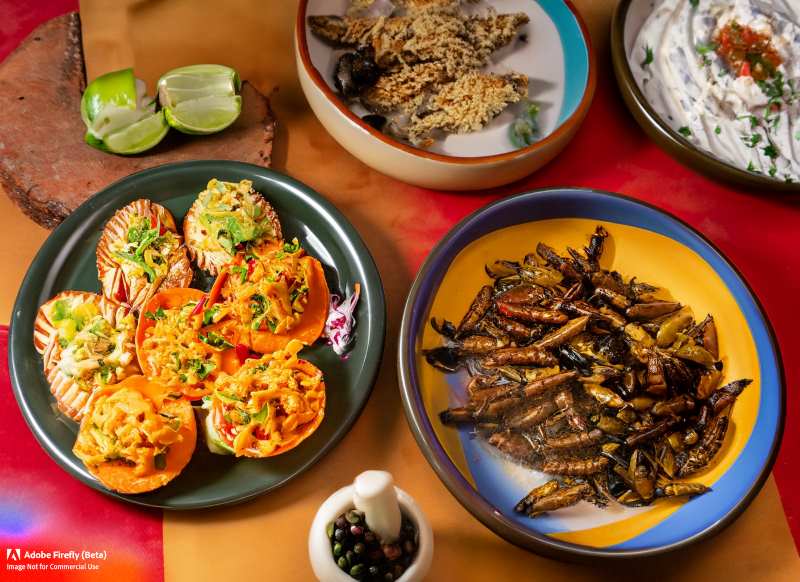Savoring the State of Mexico's Insect-Infused Gastronomy
Discover the rich culinary heritage of the State of Mexico, where the Otomi and Mazahua ethnic groups preserve pre-Hispanic traditions. Learn about the role of insects in Mexican cuisine and the rising popularity of insect-based dishes as a sustainable and sophisticated food choice.





